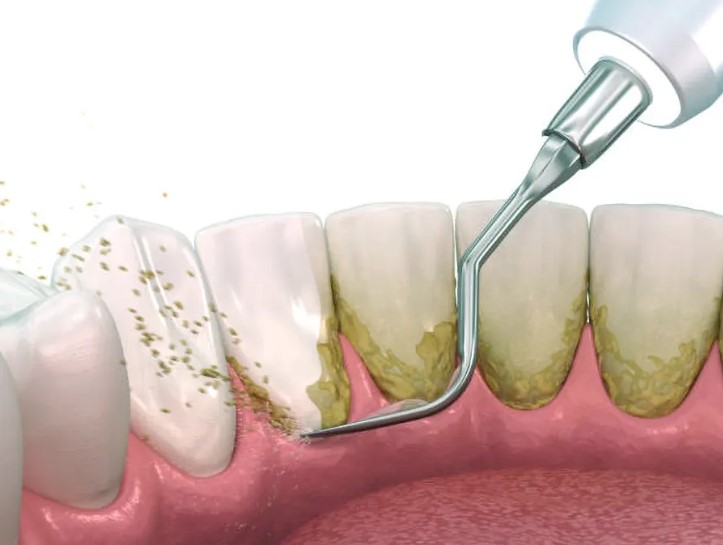
Root Planing in Periodontitis: Things You Should Know
Periodontitis is a more serious gum disease that involves the bone and tissues that support the teeth. The most effective treatment to deal with such a condition is root planing, a deep cleaning procedure aimed at reducing inflammation and putting a stop to disease progression.
In this article, we’ll explore root planing, its role in treating periodontitis, scientific evidence supporting its efficacy, and why it’s a crucial step in maintaining oral health.
What is Root Planing?
Root planing is a dental treatment in which the surfaces of the roots of teeth are cleaned to remove plaque, tartar, and bacteria from below the gumline. Unlike a regular dental cleaning, which only cleans the surface of the teeth, root planing goes deep into the periodontal pockets, where the really bad microorganisms reside.
This smooths the root surfaces and makes it more difficult for bacteria to reattach, and allows the gums to reattach to the tooth. Root planing is usually done in combination with scaling, which is the removal of deposits on the tooth crown and root areas that are visible.
Evidence-Based Medicine Supporting Root Planing
Several research articles have verified the efficacy of root planing in periodontitis treatment:
Probing Depths Reduction: It has been evidenced through research that there is a great reduction in periodontal pocket depth after root planing, often surpassing 1-2 mm in the case of moderate disease.
Bacterial Reduction: Evidence points to a significant reduction in diseased bacteria, including but not limited to Porphyromonas gingivalis and Treponema denticola, responsible for periodontitis.
Tissue Regeneration: Root planing promotes healing, which allows for the reattachment of gum tissues to the root of the tooth, reducing further bone loss.
Long-Term Stability: Patients treated by regular maintenance therapy following root planing are found to have better long-term stability, regarding the prevention of recurrence.
When is Root Planing Recommended?
Root planing is not done in every case of gum disease. A dentist will recommend it based on the following instances.
Moderate to Severe Periodontitis: Attachment loss with pocket depth exceeds 4 mm.
Existence of Subgingival Calculus: Deposited below the gum line, could not be removed by a typical clean-up process.
Persistent inflammation characterized by redness, swelling, and bleeding despite regular oral hygiene. Advantages of Root Planing Over Other Treatments Non-surgical approach: Unlike surgical procedures, root planing is minimally invasive and does not require extensive recovery time. Cost-effective: It is cheaper compared to advanced surgical interventions. High success rates: When combined with proper aftercare, root planing can effectively manage periodontitis without the need for more invasive treatments.
Integrating Root Planing with Modern Techniques
Advances in dental technology and pharmacotherapies have improved the results of root planing. Examples include the following:
Laser-Assisted Therapy: Laser appliances can supplement root planing by disinfecting the treated area and eliminating diseased tissue.
Adjunctive Antibiotic Therapy: Topical antibiotics, such as doxycycline gel, are sometimes used after root planing to reinforce bacterial control.
Research demonstrates that supplementing root planing with these adjunctive therapies can enhance treatment outcomes by up to 25%.
Is Root Planing Right for You?
If you’ve been diagnosed with periodontitis or experience symptoms like persistent gum inflammation, bleeding, or bad breath, root planing might be a necessary step. It’s essential to consult a periodontist who can assess the severity of your condition and tailor a treatment plan to your needs.
For those in search of modern, effective solutions, many dental clinics, such as this one specialized in periodontics, offer advanced options for treating periodontitis, including root planing integrated with cutting-edge technology.
Conclusion
Root planing is still considered a gold standard in periodontitis treatment. Due to strong scientific support and long-lasting effects, this non-surgical procedure is effective and reachable at the same time. It helps patients regain active oral health by putting together conventional methodology with modern development for avoiding further complications.






Leave a Reply